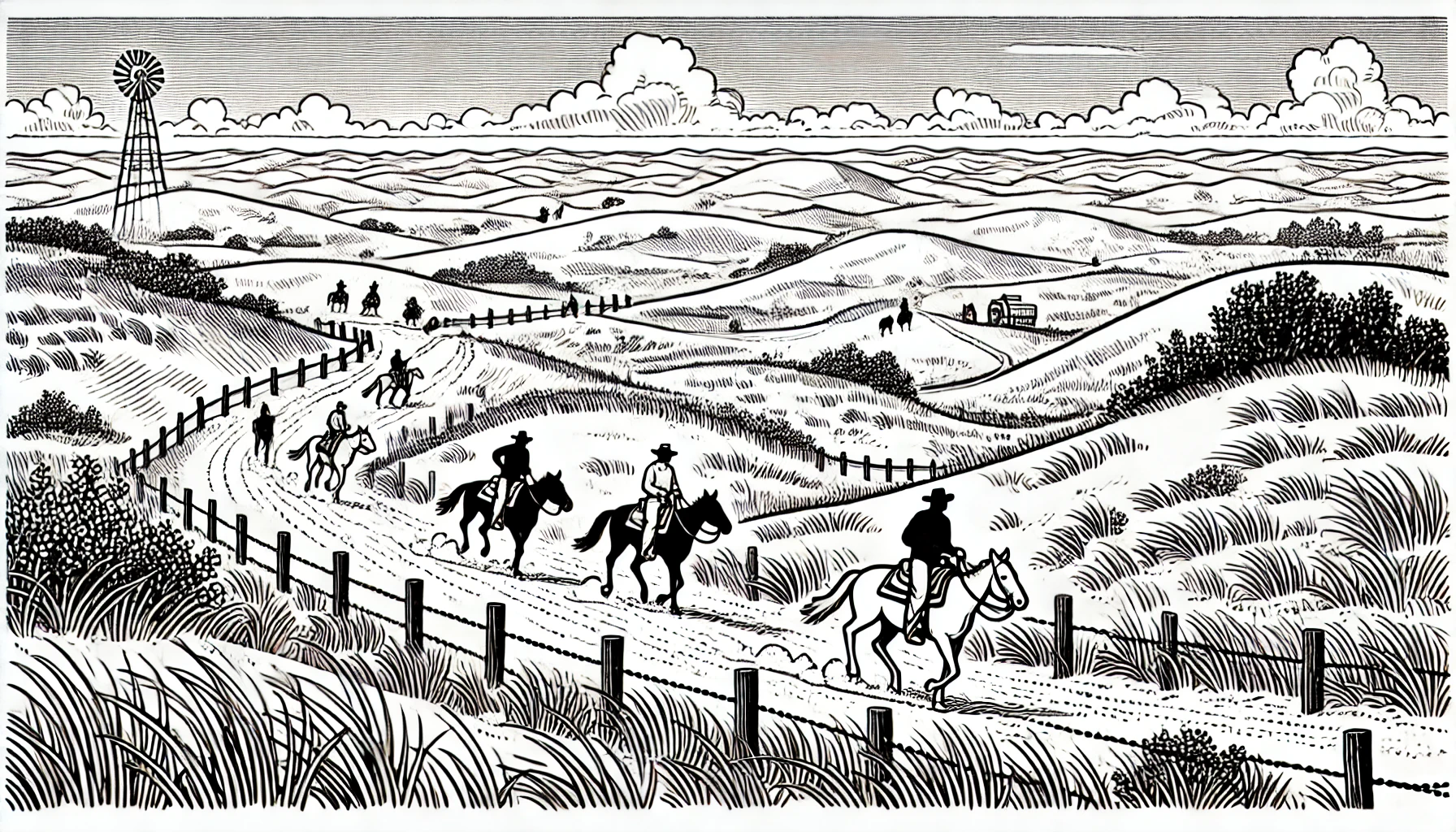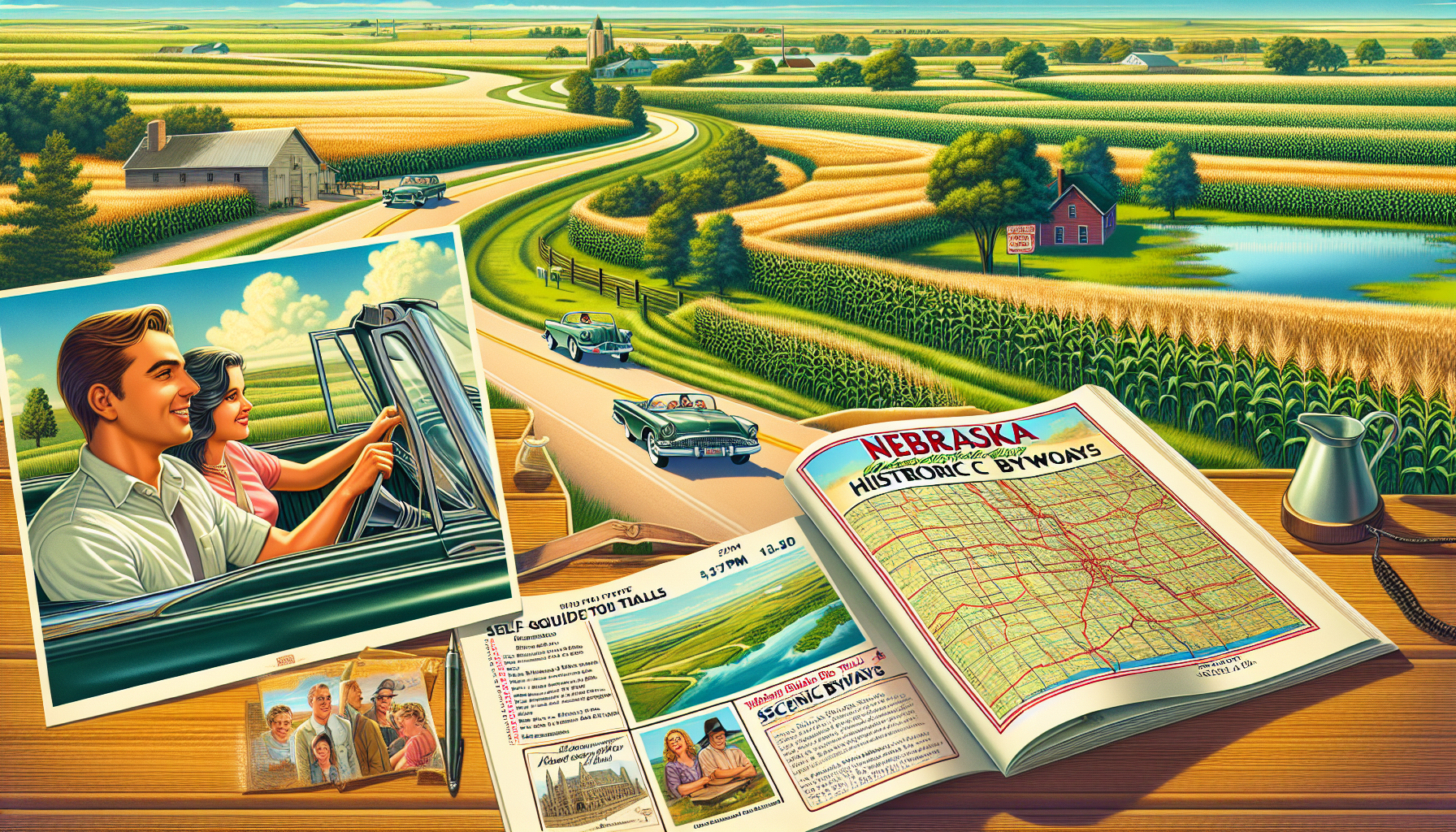Missouri River Birds of Prey

Traveling through Nebraska offers a unique opportunity to observe the diverse range of bird species that inhabit the region, particularly along the Missouri River. This major river, which stretches for over 2,500 miles from its source in the Rocky Mountains to its confluence with the Mississippi River, provides a vital habitat for numerous birds of prey. In this article, we will delve into the world of Missouri River birds of prey, discussing their behavior, habitat, and conservation status.
One of the most iconic birds of prey found along the Missouri River is the Bald Eagle. These magnificent birds can be spotted soaring overhead or perched in trees along the riverbanks, scanning for fish and other prey. The Bald Eagle has made a significant recovery in recent years, thanks to conservation efforts such as the banning of DDT and the reintroduction of captive-bred birds. In the 1960s, there were only around 400 breeding pairs left in the lower 48 states, but today there are an estimated 70,000-140,000 individuals in North America.
Osprey are another prominent bird of prey species found along the Missouri River. These fish-eating birds of prey are known for their distinctive nesting platforms, which can be seen along the riverbanks and on power poles. The Osprey's unique nesting behavior involves constructing a platform of sticks and other vegetation, which can be up to 10 feet wide and weigh over 2,000 pounds. The Fort Calhoun Nuclear Station, located on the Missouri River in eastern Nebraska, has become a hotspot for Osprey nesting, with over 20 active nests in the area.
The Missouri River is also home to a variety of raptor species, including hawks and falcons. The American Kestrel, a small falcon species, can be seen patrolling the riverbanks and fields along the river, searching for small mammals and insects. The Red-tailed Hawk, on the other hand, is a common sight soaring overhead, scanning for rodents and other prey. The DeSoto National Wildlife Refuge, located near Missouri Valley, Iowa, is a prime spot for observing these raptor species in action.
Conservation efforts are essential for protecting Missouri River birds of prey and their habitats. The creation of protected areas, such as the DeSoto National Wildlife Refuge and the Missouri River National Wildlife Refuge, has helped to safeguard breeding and foraging habitats for these species. Additionally, initiatives such as the Bald Eagle Protection Act and the Raptors Protection Plan have been implemented to address specific conservation concerns.
However, despite these efforts, many Missouri River birds of prey continue to face challenges, including habitat loss, pollution, and climate change. The droughts that have plagued the region in recent years have had a significant impact on raptor populations, as the availability of prey and water sources has become increasingly limited. It is essential that continued conservation efforts be made to protect these magnificent birds and their habitats.
In conclusion, the Missouri River birds of prey are a fascinating and unique aspect of the region's natural heritage. From the majestic Bald Eagle to the swift Osprey, these birds play a vital role in maintaining the ecological balance of the region. As we continue to travel through Nebraska and explore the natural wonders of the Missouri River, it is essential that we remain aware of the importance of conservation and protection of these incredible species.
Furthermore, continued research and monitoring of Missouri River birds of prey are essential for ensuring the long-term sustainability of these populations. The study of their behavior, habitat, and population dynamics provides valuable insights into the impact of human activities on these species, as well as the mitigation measures necessary to address these impacts.
One of the most iconic birds of prey found along the Missouri River is the Bald Eagle. These magnificent birds can be spotted soaring overhead or perched in trees along the riverbanks, scanning for fish and other prey. The Bald Eagle has made a significant recovery in recent years, thanks to conservation efforts such as the banning of DDT and the reintroduction of captive-bred birds. In the 1960s, there were only around 400 breeding pairs left in the lower 48 states, but today there are an estimated 70,000-140,000 individuals in North America.
Osprey are another prominent bird of prey species found along the Missouri River. These fish-eating birds of prey are known for their distinctive nesting platforms, which can be seen along the riverbanks and on power poles. The Osprey's unique nesting behavior involves constructing a platform of sticks and other vegetation, which can be up to 10 feet wide and weigh over 2,000 pounds. The Fort Calhoun Nuclear Station, located on the Missouri River in eastern Nebraska, has become a hotspot for Osprey nesting, with over 20 active nests in the area.
The Missouri River is also home to a variety of raptor species, including hawks and falcons. The American Kestrel, a small falcon species, can be seen patrolling the riverbanks and fields along the river, searching for small mammals and insects. The Red-tailed Hawk, on the other hand, is a common sight soaring overhead, scanning for rodents and other prey. The DeSoto National Wildlife Refuge, located near Missouri Valley, Iowa, is a prime spot for observing these raptor species in action.
Conservation efforts are essential for protecting Missouri River birds of prey and their habitats. The creation of protected areas, such as the DeSoto National Wildlife Refuge and the Missouri River National Wildlife Refuge, has helped to safeguard breeding and foraging habitats for these species. Additionally, initiatives such as the Bald Eagle Protection Act and the Raptors Protection Plan have been implemented to address specific conservation concerns.
However, despite these efforts, many Missouri River birds of prey continue to face challenges, including habitat loss, pollution, and climate change. The droughts that have plagued the region in recent years have had a significant impact on raptor populations, as the availability of prey and water sources has become increasingly limited. It is essential that continued conservation efforts be made to protect these magnificent birds and their habitats.
In conclusion, the Missouri River birds of prey are a fascinating and unique aspect of the region's natural heritage. From the majestic Bald Eagle to the swift Osprey, these birds play a vital role in maintaining the ecological balance of the region. As we continue to travel through Nebraska and explore the natural wonders of the Missouri River, it is essential that we remain aware of the importance of conservation and protection of these incredible species.
Furthermore, continued research and monitoring of Missouri River birds of prey are essential for ensuring the long-term sustainability of these populations. The study of their behavior, habitat, and population dynamics provides valuable insights into the impact of human activities on these species, as well as the mitigation measures necessary to address these impacts.
